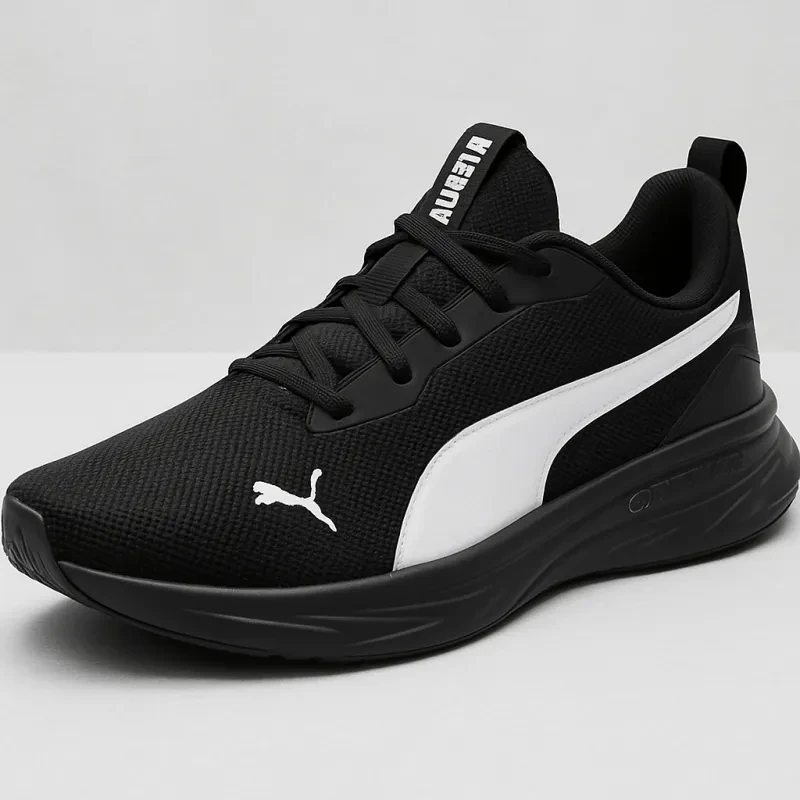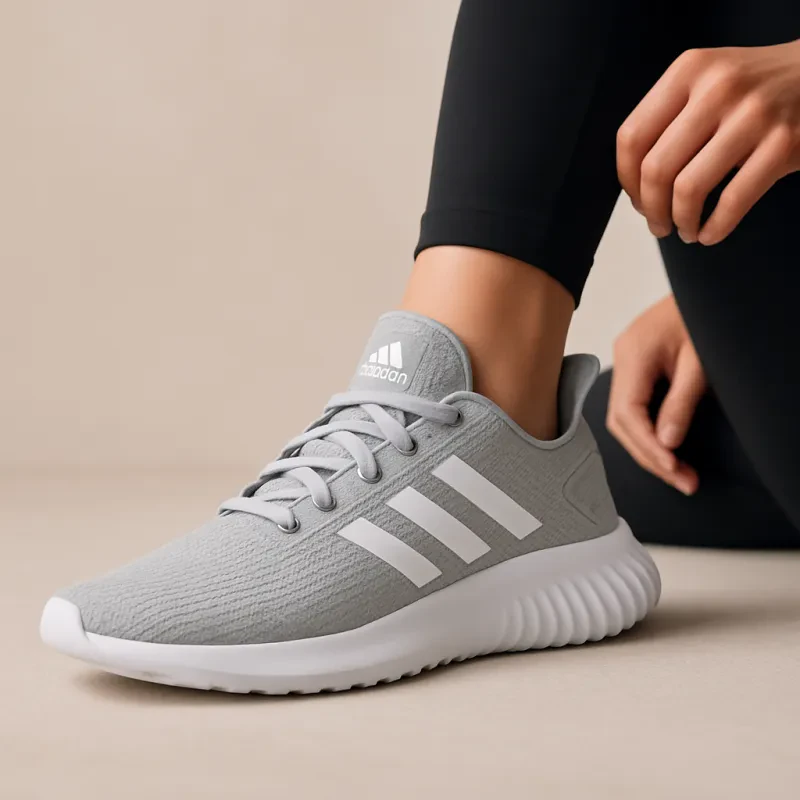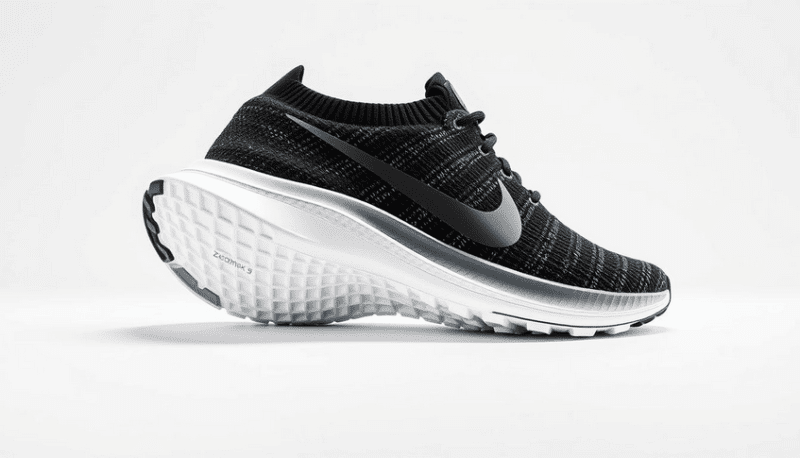Understanding your running style is crucial when it comes to selecting the right trail running shoes. Each runner has unique biomechanics that influence their footstrike, gait, and the general way they run. This means that what works for one person might not work for another. To truly grasp how to choose the best trail running shoes for 2025, start by assessing your foot type, arch height, and the way you typically run.
Foot types generally fall into three categories: neutral, overpronated, and underpronated (or supinated). If you have a neutral foot type, you run evenly on your feet and will benefit from a well-cushioned shoe. On the other hand, if you overpronate, your foot rolls inward excessively upon landing. This means you may need shoes that offer extra support and stability. Conversely, if you underpronate, you may require shoes that provide additional cushioning to help absorb impact.
Additionally, consider where you plan to run most often. Different trails pose varying challenges, such as technical terrain, rocky paths, or soft grass. Each of these conditions may require a distinct type of shoe. Understanding your running style not only helps determine the best cushioning and support but also enables you to find the appropriate traction and durability in a shoe. This insight is essential as you navigate the question of how to choose the best trail running shoes for 2025.
Finally, once you've analyzed your running style, it’s important to try on different models. Walk and jog around the store to get a feel for how the shoes respond to your unique gait. Don't be afraid to ask for advice from sales staff, who may have insights based on their expertise. Finding the perfect trail running shoe is a personal journey, but understanding your running style is the first step toward making an informed and confident choice.
Key Features to Look For
When you embark on the journey of how to choose the best trail running shoes for 2025, it’s essential to focus on several key features that can significantly enhance your running experience. First and foremost, consider the outsole material. Look for shoes with a durable rubber outsole that provides excellent grip and traction on various terrains, whether you’re navigating rocky paths or muddy trails. A well-designed outsole will keep you stable and secure, even during challenging conditions.
Another important factor to look for is cushioning. Trail running often involves long distances and uneven surfaces, so sufficient cushioning will help absorb impact and reduce fatigue. Pay attention to the midsole material, as options like EVA foam or popular proprietary technologies can offer varying levels of comfort and responsiveness. Ideally, you want a shoe that strikes a balance between cushioning and ground feel, allowing you to stay connected with the trail.
Fit is critical when determining how to choose the best trail running shoes for 2025. Make sure the shoes provide a snug fit around the midfoot without being too tight. A wider toe box may also be beneficial, as it allows your toes to splay naturally, which is particularly important on downhill runs. Additionally, consider the shoe’s breathability, as this will help keep your feet dry and comfortable, reducing the risk of blisters during longer runs.
Lastly, don’t overlook the weight of the shoes. Lightweight options can enhance your speed and agility on the trail, especially if you prioritize racing or long runs. However, ensure that the weight doesn’t come at the cost of support and protection. A well-balanced trail running shoe should provide both durability and lightness to enhance your overall performance.
Top Brands to Consider
When embarking on the adventure of choosing the best trail running shoes for 2025, it's essential to consider reputable brands known for their quality and performance. In this section, we’ll highlight some top brands that have consistently impressed trail runners with their innovative technology and comfortable designs.
Salomon has long been a favorite among trail enthusiasts. Known for their focus on stability and grip, Salomon shoes often feature aggressive outsoles that handle rocky terrains with ease. Their lightweight designs help runners maintain speed, making them a top choice for those tackling challenging trails.
Hoka One One is another key player in the trail running scene. Recognized for their cushioned soles and balance of comfort and support, Hoka shoes are perfect for long-distance runners. Their unique design allows for a soft landing and powerful push-off, making them a go-to option when learning how to choose the best trail running shoes for 2025.
Altra emphasizes foot shape and biomechanics, making their shoes ideal for runners who seek a natural feel. With a roomy toe box and zero-drop platform, Altra shoes encourage a more natural running style, which appeals to many trail runners looking to enhance their performance and reduce the risk of injury.
Another notable mention is Brooks. While they’re well-known for road running, their trail models offer excellent traction and durability. Brooks focuses on providing a supportive fit, which is crucial when navigating uneven surfaces. Their blend of cushioning and responsiveness makes them an appealing option for those learning how to choose the best trail running shoes for 2025.
Tips for Trying on Shoes
Trying on shoes might seem like a straightforward task, but it can make a big difference in finding the perfect pair for your trail running adventures. First and foremost, it’s essential to try shoes on at the end of the day. Your feet naturally swell a bit as you move throughout the day, and this is when they are at their largest. By trying on shoes later in the day, you ensure a fit that accommodates your feet when they need it most.
When you’re in the store, don’t hesitate to bring your own running socks. The thickness of your socks can significantly affect how shoes fit. Wearing the same type of socks you plan to use during your runs will give you a better sense of whether the shoes provide enough room and support. Additionally, when slipping on a pair of trail running shoes, make sure you walk around the store and even jog in place if possible. This will help you gauge comfort and performance right away.
Pay attention to the fit in both the toe box and the heel. Your toes should have enough wiggle room without feeling cramped, while your heel should feel secure without slipping out. A common mistake is to choose shoes that feel slightly too tight in hopes they will stretch. Remember, “How to Choose The Best Trail Running Shoes for 2025” relies heavily on finding shoes that feel just right from the very beginning.
Lastly, don’t forget to check the weight of the shoes. Lighter shoes can offer more agility on the trails, but make sure they still provide adequate cushioning and support. Ideally, you want a balance that caters to your running style and the terrain you will be tackling. With these tips in mind, you’ll be well on your way to finding the trail running shoes that suit you best.





